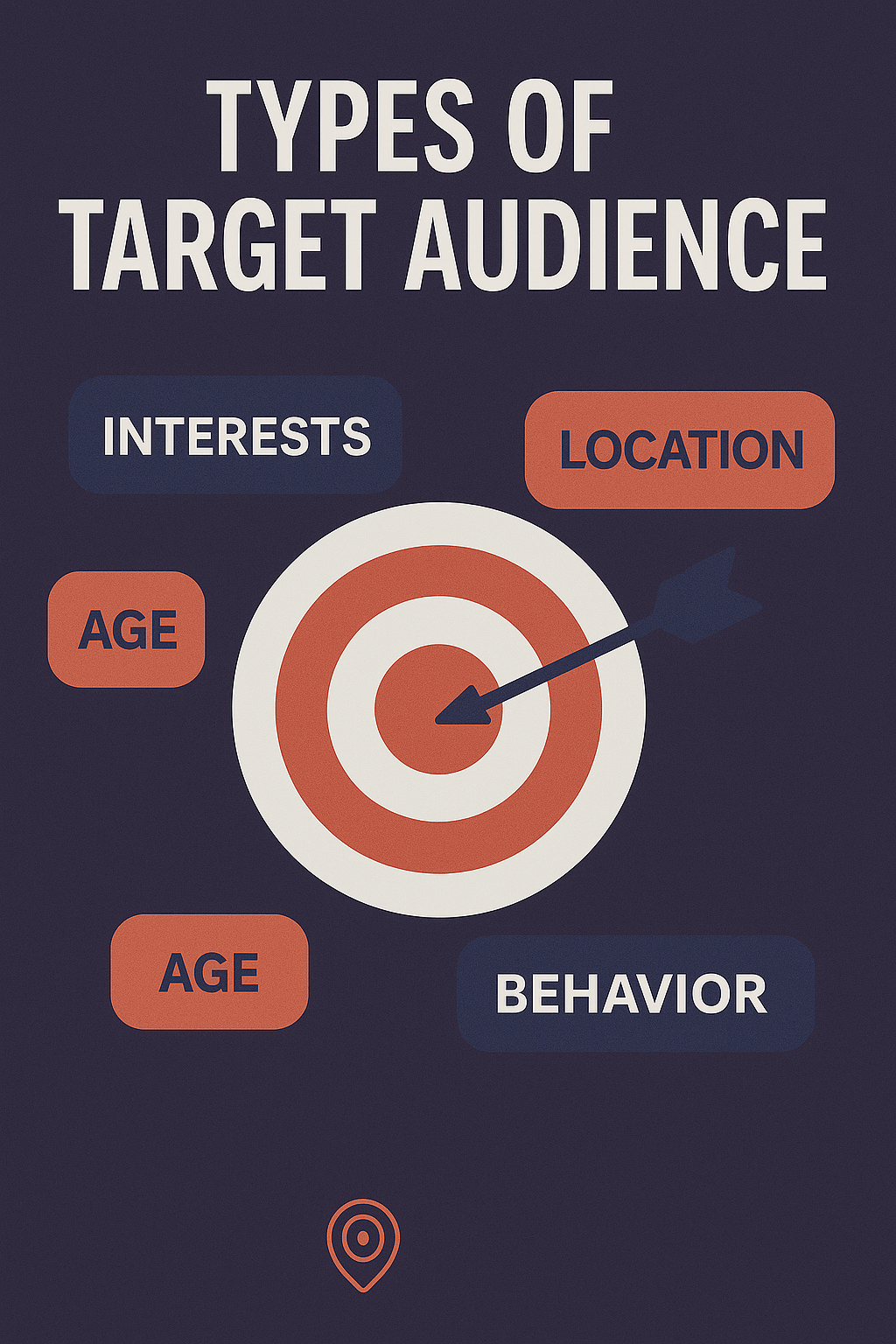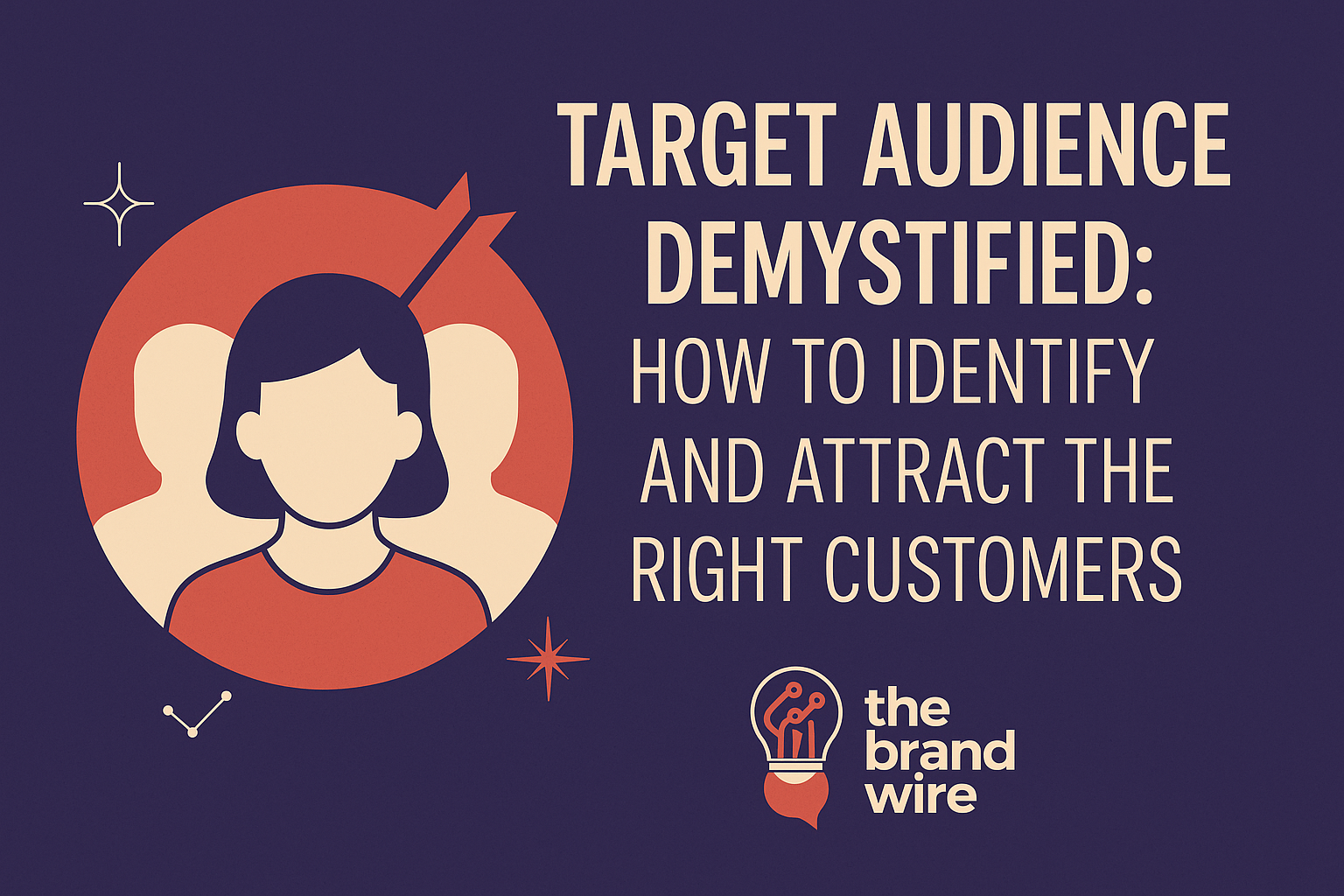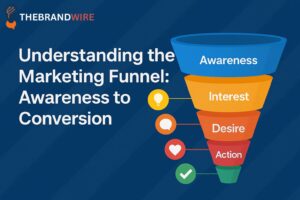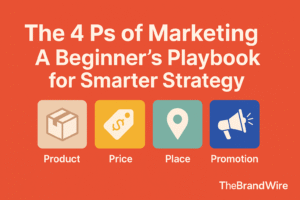In the crowded world of marketing, understanding your target audience isn’t just an option – it’s the foundation of every successful strategy. There is a very high chance that If you try to sell your product to everyone you would probably not be able to sell it to anyone. Knowing who your ideal customers are helps you tailor your messaging, product development, and campaigns for maximum impact.
What is a Target Audience?
A target audience is a specific group of people most likely to be interested in your product or service. These are the people that whom you would like to target with your marketing campaigns. These individuals share common characteristics like demographics, interests, needs, or buying behaviors.
Types of Target Audience Segments:

Demographics
Demographic segmentation divides the market on the basis of age, gender, income level, education, occupation and nationality. For example – The primary target audience for a matrimony app typically includes young adults (around 25-35 years old)
Psychographics
Psychographic segmentation is used to group a market by its values, interests, lifestyles, personality traits. For example – A brand selling protein powder might target health-conscious individuals who are into fitness and clean eating.
Geographic
This type segments the audience based on where they live or work such as Country, city, climate, urban/rural etc. For example – A food delivery app can display nearby restaurant options to users based on their current location.
Behavioral
This approach is based on how people interact with your brand or similar products. This includes Buying habits, brand loyalty, product usage etc. For example – Send offers like “Buy One, Get One Free” or seasonal promotions to encourage more frequent visits.
Why Identifying a Target Audience Matters
- Focused Marketing Efforts
When you know your audience, you can tailor your messaging, design, and channels to speak directly to them. This leads to more effective campaigns and a better return on investment. - Product Development Insight
Understanding what your audience wants helps you design products or services that meet their specific needs. - Improved Customer Experience
By speaking your audience’s language and addressing their pain points, you create a stronger connection and build long-term trust. - Cost-Effective Strategies
Instead of wasting resources on a broad, uninterested audience, you can invest in the channels and content that will yield the most results.
How to Identify Your Target Audience
1. Analyze Your Existing Customers
Who is already buying from you? Look at customer data, conduct surveys, and gather feedback to identify common traits. Use tools like Google Analytics, CRM data, or social media insights to understand who’s already buying from you.
2. Study Your Competitors
Identify whom your competitors are targeting and how they’re engaging their audience. What’s working for them, and where are the gaps?
3. Conduct Market Research
Surveys, interviews, and online polls help gather data on customer preferences and pain points.
4. Create Buyer Personas
Craft semi-fictional representations of your ideal customers based on data and insights. Include details like name, age, job title, goals, challenges, and preferred platforms.
Applying the Knowledge to Your Marketing Strategy
Once you know your audience:
– Craft messages that speak directly to their needs
– Choose platforms where they spend time
– Tailor products or services to match their expectations
Conclusion
Understanding your target audience is not a one-time task. As your brand evolves, so will your customers. Stay connected, keep listening, and continuously refine your approach. When your message meets the right people at the right time—you win.





